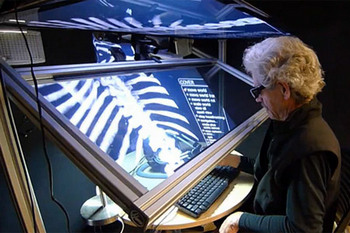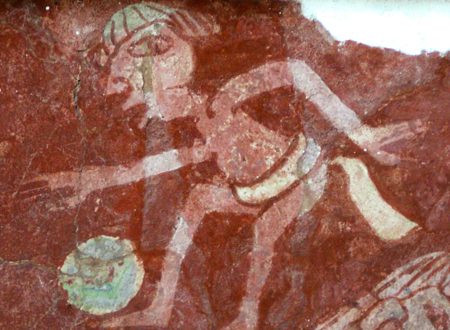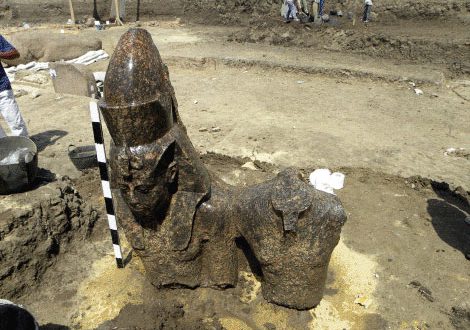 The discovery of the 7,000-year-old Varna Necropolis in 1972 send a shock through the archaeological world.Dated to the fifth millennium BC, the 264 graves and funerary gifts show that when the ancient Egyptians just started to settle the Nile Delta and long before the invention of the wheel, in modern day Bulgaria, ‘Old Europeans’ were already crafting high-quality gold and bronze objects.Neolithic farmers living in the fertile valleys of the Danube riverhad advanced ideas about the afterlife, widespread trade connections and the oldest known burial evidence of an elite male, yet most people – and even archaeologists -have never heard of these cultures.
The discovery of the 7,000-year-old Varna Necropolis in 1972 send a shock through the archaeological world.Dated to the fifth millennium BC, the 264 graves and funerary gifts show that when the ancient Egyptians just started to settle the Nile Delta and long before the invention of the wheel, in modern day Bulgaria, ‘Old Europeans’ were already crafting high-quality gold and bronze objects.Neolithic farmers living in the fertile valleys of the Danube riverhad advanced ideas about the afterlife, widespread trade connections and the oldest known burial evidence of an elite male, yet most people – and even archaeologists -have never heard of these cultures.
At least Britain will soon learn, when in May’The Lost World of Europe: The Danube Valley, 5000-3500 BC’arrives at the Ashmolean Museum.The exhibition contains more than 250 amazing objects (object highlights slideshow), each one of those demonstrating the peak of sophistication, technological advancementand creativity that was achieved at what is now south-eastern Europe.
During the 1500 year period covered in the exhibition, some villages grew to city-like proportions with more than 2,000 buildings, and an exchange network for precious materials stretched from the Aegean to north-west Europe. By the fifth millennium BC, the while coloured Spondylus shellwas traded as far as the modern United Kingdom. Stunning painted pottery was crafted, we were metallurgy experts (there was alarge variety of copper and gold objectsin circulation)and the vast amount of elaborate female figures discovered points to amatriarchal, relatively peaceful society. (Helen – who visited the exhibition in New York – asksif the collapse of Old Europe brought along a shift from female to male power, I’d rather speculate that male dominance was to blame for the decline. Or wasit theinvention of thewheel? ;))
 Christopher Brown, Director of the Ashmolean said, We are delighted to host this remarkable exhibition, which I was tremendously excited by when I first saw it in New York. ISAW has revealed the richness and complexity of ancient cultures, which are rediscovered in this exhibition and for the first time given the importance they deserve in the development of western civilisations.
Christopher Brown, Director of the Ashmolean said, We are delighted to host this remarkable exhibition, which I was tremendously excited by when I first saw it in New York. ISAW has revealed the richness and complexity of ancient cultures, which are rediscovered in this exhibition and for the first time given the importance they deserve in the development of western civilisations.
Highlights you can expect at the exhibitionare’the oldest gold in the world’ -the earliest major assemblage of gold artefacts to be found anywhere in the world from the Varna cemetery – and andenigmatic set of 21 terracotta female figurines as well as chairs from Poduri-Dealul Ghindaru. Beaded necklaces, bracelets, pendants and amulets made out of Spondylus shell ornaments and pottery with bold geographic design from the Cucuteni culture. Personally, I think just the 6000-year-old architectural model and the ‘Thinker’ arealready worth the visit!More artefacts from ‘The Lost World of Old Europe:The Danube Valley’ can be seen in this slideshow.
You can (and should) visit ‘The Lost World of Europe: The Danube Valley,5000 to 3500 BC’ at the recently revampedAshmolean Museum starting May 20th. It runs until August 15th, 2010. Admission is6, and anaccompagnying catalogue is available from Princeton University Press.




